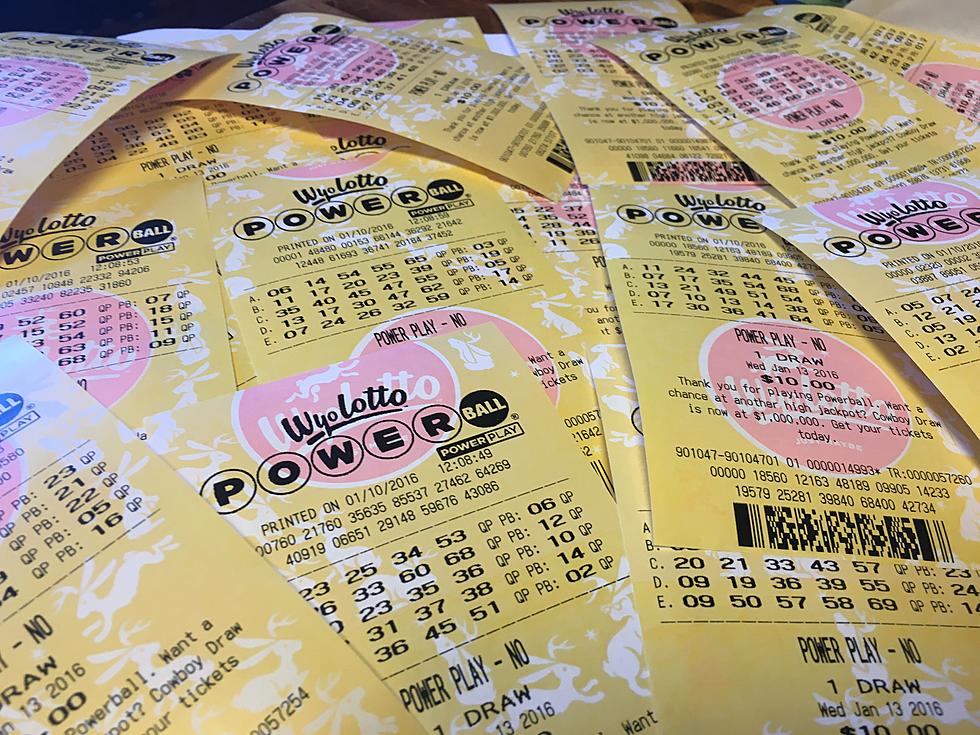
Our Two Cents on the Two Dollar Bill
A two dollar bill made its way to the station the other day and as we rarely see Jefferson’s face in our paper money transactions, the crumpled note sparked conversation and curiosity. Looking into the history of the humble two dollar bill we found some funny stories and bits of trivia for you to enjoy.
First a couple of facts, just for fun:
- The bill was discontinued in 1966, but was reintroduced in 1976 and has the lowest production rate of any U.S. paper bill at less than 1 percent. The most recent printing occurred in 2003.
- The obverse of the bill features Thomas Jefferson and the reverse has a modified reproduction of The Declaration of Independence by John Trumbull.
- In 1862, the first printing of two dollar bills featured the profile of Jefferson’s political adversary, Alexander Hamilton, whose portrait is currently printed on the ten dollar bill. It was changed to Jefferson in 1869.
- Because of its comparative rarity, some people are under the misguided impression that two dollar bills are not legal tender.
In 2005, the Baltimore Sun reported on a disagreement that ended in a customer’s arrest from Best Buy after trying to pay an installation fee of $114.00 in two dollar bills. As long as you aren't the person getting arrested, the fact that some people are unaware of legal U.S. currency is kind of hilarious. Not to mention the letters received by the U.S. Treasury, requesting an explanation of why the two dollar bill is no longer in circulation.
The two dollar bill even has an associated urban legend. A little town in Rhode Island regularly received Navy serviceman on leave, which many of the townsfolk disliked. The unhappy locals complained constantly about the rowdy visitors and finally filed a formal complaint with the Navy. In response, the Navy issued every sailor’s salary in two dollar bills prior to their next leave. When business owners recognized the amount of revenue brought in by not-so-thrifty sailors on leave, made clear by the otherwise uncommon bills, they quietly rescinded their complaint and never said another word about it.
In addition to mistaking it for counterfeit money, some people believe two dollar bills have high value as collectibles. Unfortunately, with the exception of early printings, a two dollar bill is worth, well. . . two dollars. Even if they aren't worth more than face value, two dollar bills hold an interesting place among U.S. currency with the number of associated fictions and oddities in its past through the present.
More From KOWB 1290








